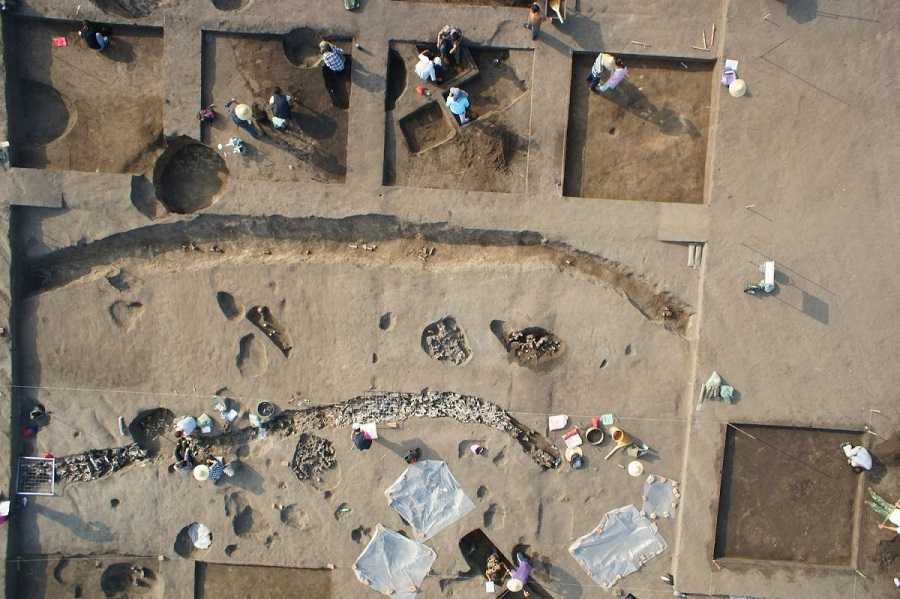Around 12,000 years ago, in what is now Jilin Province in northeastern China, archaeologists uncovered 25 skeletons at the Houtaomuga site, revealing a startling anomaly: nearly half of them—11 skeletons, including men, women, and children—had intentionally elongated skulls. These findings, published in the American Journal of Physical Anthropology in July 2019 by researchers from Jilin University and Texas A&M University, suggest that these “egg-headed” individuals practiced cranial modification, a process where the skull is deliberately reshaped using tools like wood, rags, or ropes. The skulls, dated between 12,000 and 5,000 years ago, showed flattened frontal and occipital bones, marking them as some of the earliest known cases of intentional head shaping in Eurasia, possibly the world.

The purpose of this practice remains a mystery. Some researchers speculate it was tied to social status, religious roles, or even beliefs that elongated skulls could enhance abilities or connect individuals to higher powers. Others, including ancient astronaut theorists, propose a more speculative idea: that these individuals were imitating extraterrestrial beings with naturally elongated heads, believed to have visited Earth. This theory points to the global spread of cranial modification, which later appeared in regions like South America, Egypt, and Crimea, suggesting a possible cultural diffusion originating in China around 12,000 years ago—predating the previously estimated start of this practice by about 2,000 years.

The discovery challenges conventional timelines, as it predates the Neolithic Revolution and suggests a complex cultural practice in a pre-agricultural society. These early inhabitants lived in simple huts made of mammoth bones, hunted elk and deer, and used bones for tools. References to the semi-mythical “Yellow Emperor” and his advisors, the “Foolish Old Men,” in ancient Chinese texts hint at a deep cultural history, but no direct link to the egg-headed skulls has been confirmed.
Skeptics note that while the elongated skulls are striking, they are undeniably human, resulting from intentional modification rather than alien origins. The practice, while painful, was widespread globally for millennia, with some African communities continuing it today. The exact motivation—whether aesthetic, spiritual, or social—remains elusive, leaving the “egg-headed people” as one of archaeology’s enduring enigmas.





